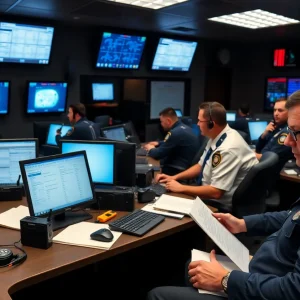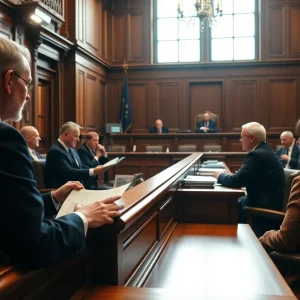UAB Engineering Program Chosen to Contribute to International Space Station
Birmingham, Alabama
The University of Alabama at Birmingham’s (UAB) Engineering and Innovative Technology Development (EITD) program has risen to prominence as it finds itself among a dozen entities selected to provide research, engineering, and mission integration services for the International Space Station (ISS) Program. SOLAR, a unique hardware designed by the team, is set to facilitate science in the space world.
SOLAR, The Essential Hardware
The SOLAR hardware, that bears resemblance to a chic cooler, has been designed and developed for the main purpose of transport to and from the ISS on the dragon vehicles. The selection of UAB’s EITD and its custom-built containers falls under NASA’s REMIS-2 Contract. The contract, worth a staggering $478 million, bears testament to the immense contributions this program will make to the Space Agency’s missions.
“The majority of our work revolves around cold storage hardware. We usually operate within a temperature range of +10 or +4 degrees Celsius down to -185 in certain situations.” Explained Chad Duke, Director of Research at the EITD.
An Essential Part of Space Exploration
Duke further elaborated on the significance of their hardware and contributions to ISS’s mission. He asserted that research is the primary purpose of the ISS, being a national lab, and their work forms an integral part of it. The cold storage facility provided by SOLAR is vital for the research ongoing in space.
A Boost to UAB’s Engineering Program
Being chosen to contribute to such a monumental project, according to Duke, not only brings honor but also greatly benefits UAB. “It’s an acknowledgement of our success and the reputation we’ve built thus far. It serves as a major endorsement for the school of engineering, helping us attract aspirant students,” Duke remarked.
Future Plans in Sight
The EITD hasn’t just been resting on the laurels of its selection. They have already set wheels in motion with plans in place since being selected as a partner by NASA.
Their commitment was evident in Duke’s assurance that their team is already at work. Their efforts are directed towards fulfilling their expectations as a part of this monumental endeavor. This collaboration is indeed a major leap for the UAB, signifying its contribution to the futuristic domain of space exploration.
Wherever you are, stay tuned to your own reliable sources of news to hear more about the UAB’s glorious journey towards the stars.
























